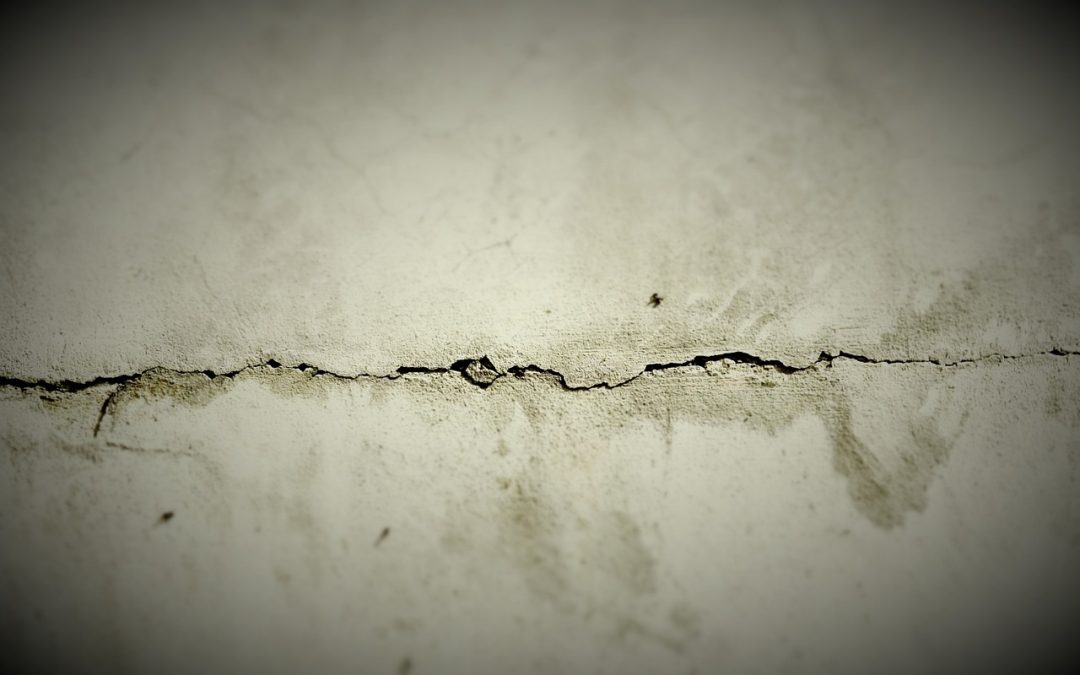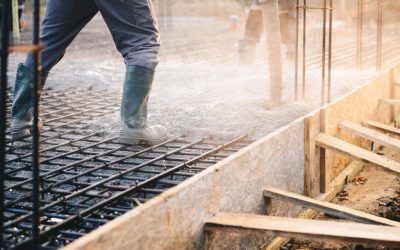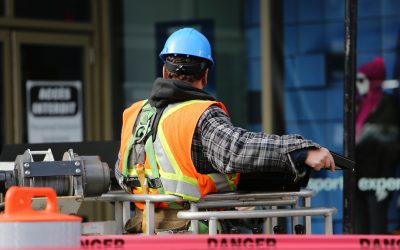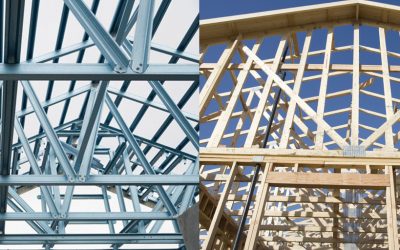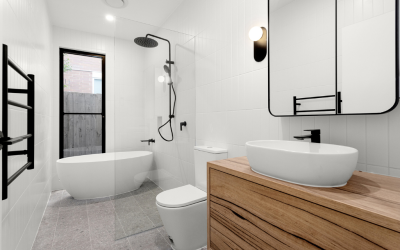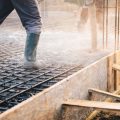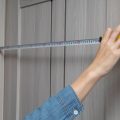If you’re extending your home or doing a significant renovation, you might find old, damaged concrete that needs repairing or updating to match the new construction. Repairing damage to a concrete slab can vary in complexity depending on the extent of the damage.
Here are steps you can follow to repair common types of damage to a concrete slab.
1. Safety First: Before starting any repair work, ensure your safety. Wear appropriate personal protective equipment, including safety glasses and gloves.
2. Assess the Damage: Evaluate the type and extent of damage to the concrete slab. Common types of damage include cracks, spalling (surface flaking or chipping), and settling.
3. Clean the Area: Remove any debris, loose concrete, or dirt from the damaged area. Use a wire brush, a broom, or an air compressor to clean the surface thoroughly.
4. Repair Cracks: For small cracks (typically less than 1/8 inch wide), you can use a concrete patching compound.
- For larger cracks, you may need to widen the crack slightly with a chisel and hammer, creating a V-shaped groove. This helps the patching material adhere better.
- Apply a concrete bonding adhesive to the crack and let it dry.
- Fill the crack with a concrete patching compound, leveling it with a trowel. Follow the manufacturer’s instructions for the specific product you’re using.
- Smooth the surface of the patch with a trowel and blend it with the surrounding concrete.
5. Repair Spalling: For minor surface spalling, you can often repair it with a concrete resurfacer. Follow the product instructions for mixing and application.
For more severe spalling, you may need to remove the damaged concrete using a chisel or grinder until you reach solid, sound concrete. Then, follow the steps for patching cracks.
6. Repair Settling: If the concrete has settled or heaved due to underlying soil issues, you may need to lift and level it. This is typically a job for professionals who can use techniques like mudjacking or slabjacking to raise the slab.
7. Cure and Seal: Once the repairs are complete, follow the recommended curing time for the patching material. This usually involves keeping the repaired area moist for a specified period.
8. Seal the Surface: After the repairs have cured, consider applying a concrete sealer to protect the surface from future damage and to improve its appearance. Choose a sealer appropriate for your specific application (e.g., penetrating sealers for outdoor use, decorative sealers for aesthetic purposes).
9. Regular Maintenance: To prevent future damage, perform regular maintenance on your concrete slab. This includes keeping it clean, promptly repairing any new cracks or damage, and resealing as needed.
10. Consult a Professional: For extensive or structural damage, it’s advisable to consult a professional concrete contractor or structural engineer. They can assess the damage and recommend appropriate repair methods.
Keep in mind that the success of your concrete slab repair largely depends on proper preparation and following the manufacturer’s instructions for the repair products you use. For significant or structural damage, it’s always best to seek professional guidance and assistance.

